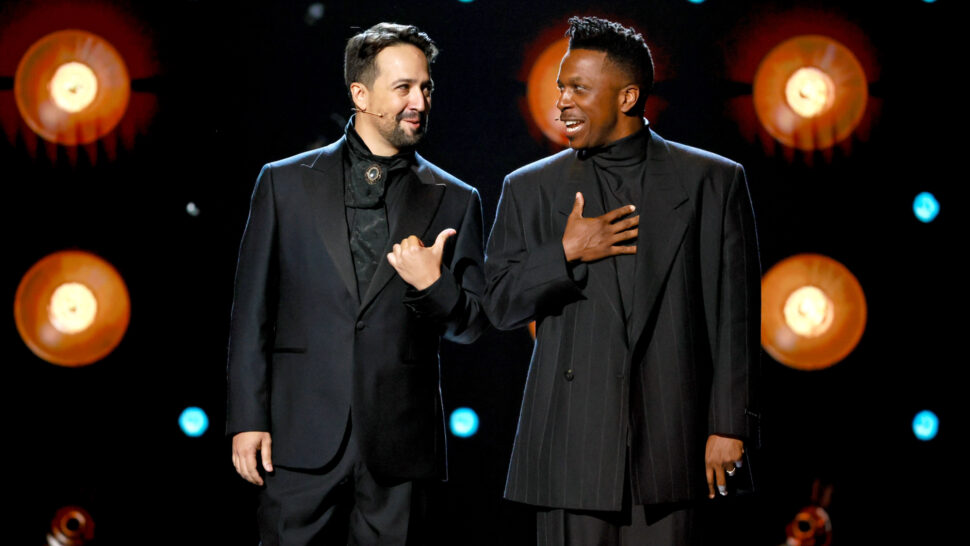Throughout the months of August and October, local movie theater Marcus Crosswoods has been experiencing a decline in visitors; how has it affected them?
Movie theaters have been struggling since the COVID-19 outbreak. Many theaters have had to shut down due to a lack of visitors and monetary intake. In a post pandemic environment, these struggles continue to alter the cinema landscape. One theater that was lucky enough to stay afloat was Marcus Crosswoods Cinema, although not without its scars. Marcus’ Operational Manager, Wyatt Falasco, stated that attendance has not been the same since before COVID.

“For a big release,” Falasco stated, “[We’d service] 15,000, 20,000 people in a week. Now, we’d be lucky to get even close to 10,000.”
This staggering attendance fall from COVID is only worsened by the recent decrease of theatrical movie releases. According to Falasco, the decline in releases was expected, as many studios don’t like to release movies when schools go back into session.
“It’s sort of the dead zone of movies,” quoted Falasco.
This “dead zone of movies” has also affected the lives of the employees; with an attendance count of roughly 300 people on a good day (when previously a good day would have 700), many workers have had to adapt to the recession.
One of these workers, Conner Monahan, stated that because of the lesser amounts of movies coming out, it has been easier to predict when rushes will come.
“Nowadays,” Monahan began, “we have expected dates when people will come in mass quantities [and] when people are expected to not come in at all.”

While theatrical releases have been struggling, streaming services like Disney+ and HBO-Max have been thriving. Many companies have created either their own streaming services, or have made deals with other companies to release movies on their services.
Streaming services grew in popularity during lock down, and still maintain a strong presence in media. According to Falasco, some studios (I.e., Warner Brothers) release new projects in both theaters and on streaming platforms. At surface value, this appears to be a clever plan supporting both services; in reality, it does more harm to the theaters than it helps. Streaming services end up getting more viewership than theaters when they have the option.
Marcus’ upcoming releases are shown on a wall in the lobby. Attendees have the movies Bros, Halloween Ends, and Amsterdam to look forward to in the coming month.
In Falasco’s eyes, more people would rather stay in the comfort of their homes than spend the money to go to the theater.

While his concerns are warranted, others are more hopeful. Marcus’ Assistant Manager, Matthew Vanbuskirk, is one of these people.
“When you’re spending $100 million on a movie,” Vanbuskirk explained, “and put it on a [streaming service], you’re lucky to get $10 million of that back.”
The numbers support this, as many studios are making more and more of their releases theatrical only.

“[Theaters] didn’t die when home video came around,” Vanbuskirk said fervently, “[they] didn’t die when TV came around, and [they] certainly won’t die when streaming comes around.”
His optimism seems to be widespread, as many WKHS students still prefer theaters to streaming. Dylan Tate, a WKHS sophomore and avid movie fan, says that he still would go to a theater to watch movies because of the greater experience.
“[Theaters are] just better overall,” explained Tate.
While things are starting to look up for Marcus, only time will tell if the decline will spell doom for the local theater.




























